Month: March 2022
-
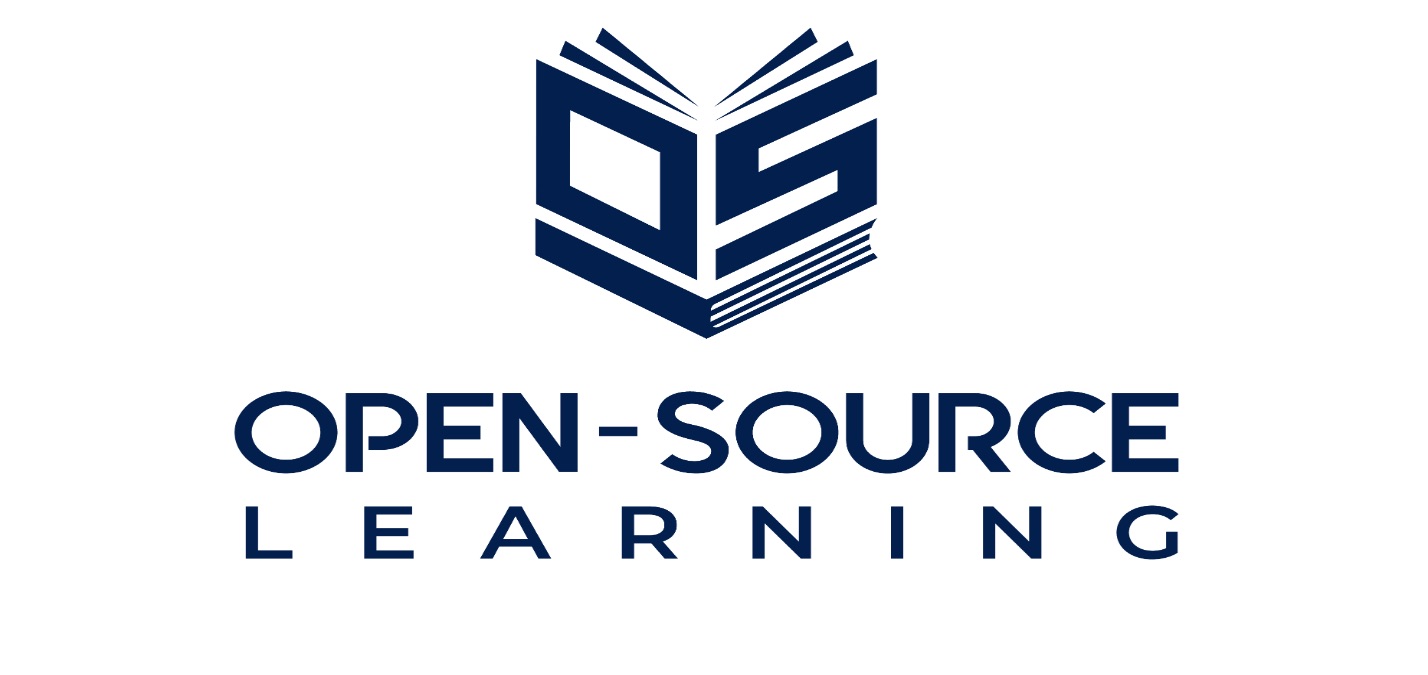
the osl white paper
Hee is the white paper I wrote for my school district in March 2020. Please feel free to discuss it with your learning community.
-
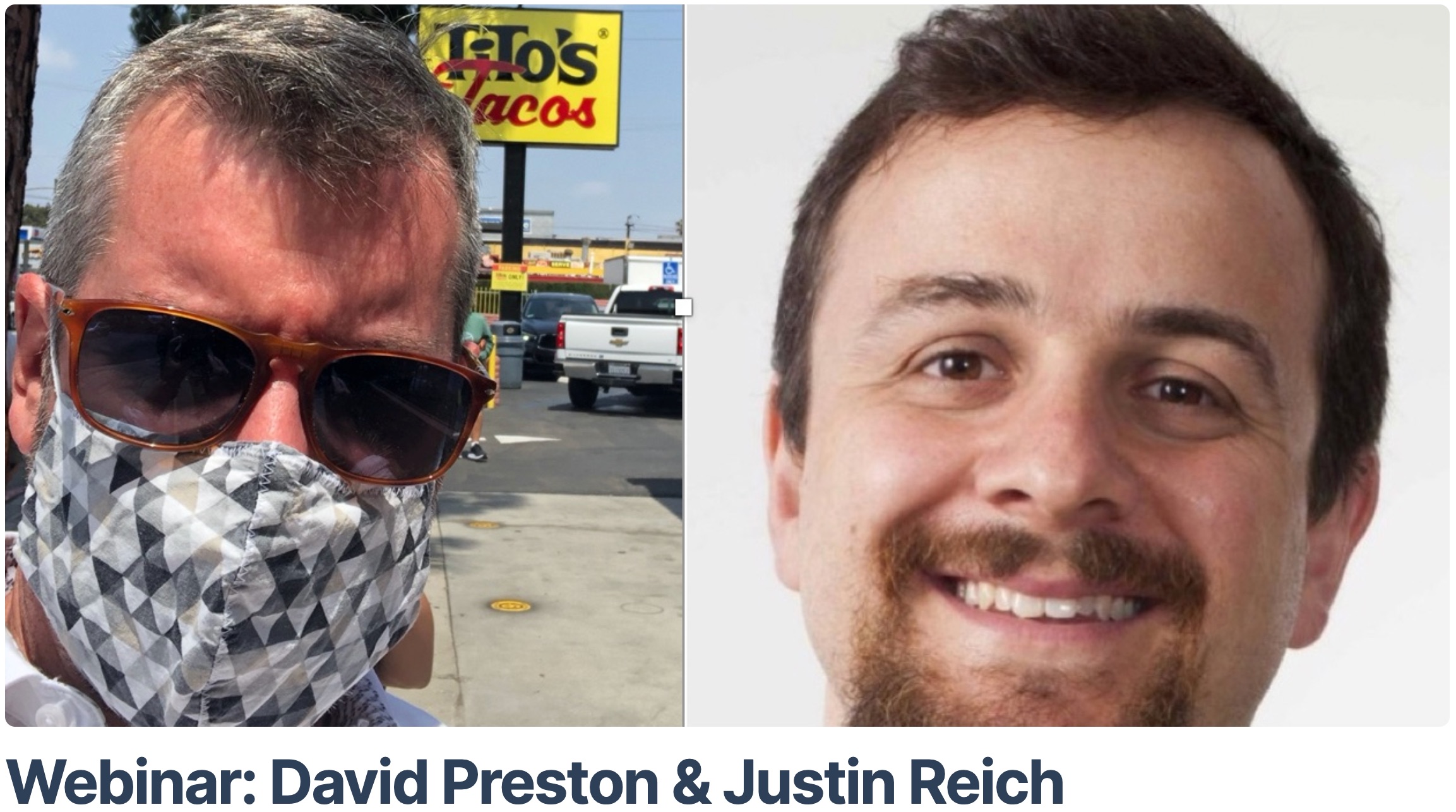
Successful failure to disrupt with webinar guest Justin Reich
Many thanks to Justin Reich for taking time to talk with me about his book Failure to Disrupt, his research in education technology, and his views on where we go from here. Watch the video and scroll/click through the links below. Enjoy! 00:02 Open-Source Learning 00:49 Justin Reich 00:58 Failure to Disrupt 02:56 Clay…
-
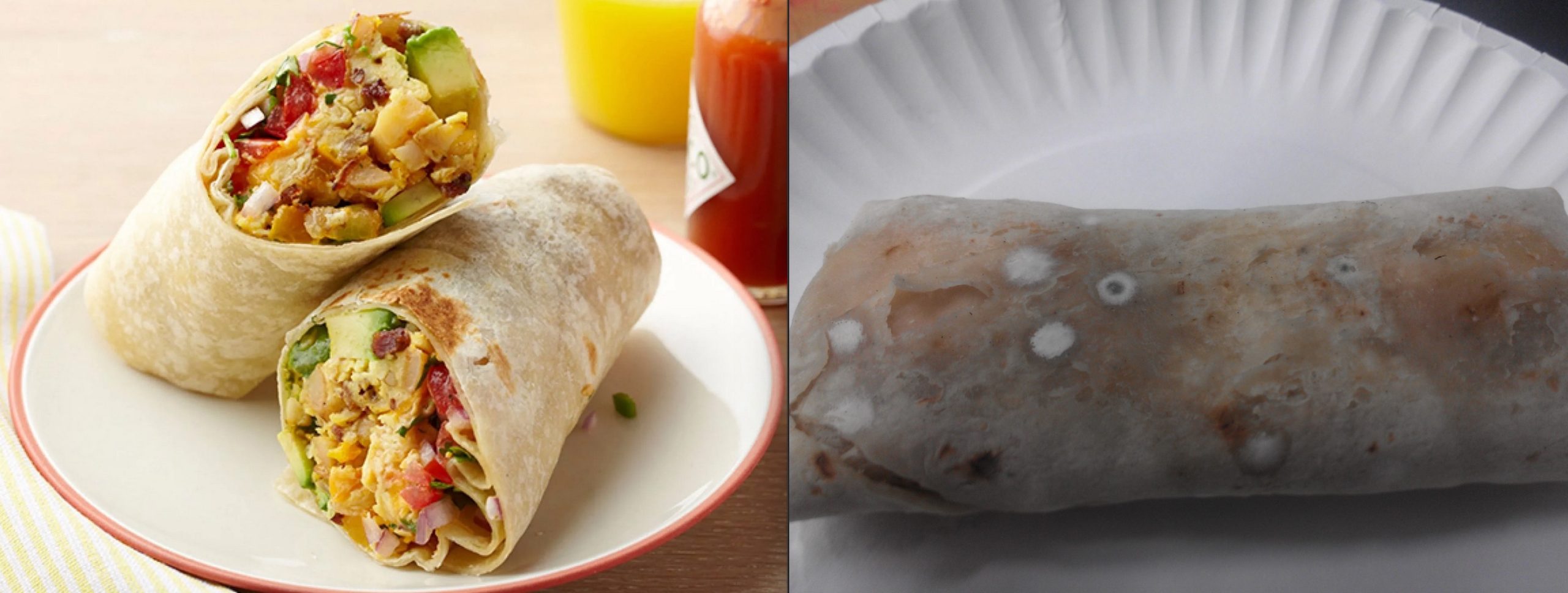
there is a better breakfast burrito
I am a recovering perfectionist. When I click “Publish” and this post goes live on the blog that bears my name, I will not be happy with it. “It could have been so much better,” I’ll think, “If only I’d spent more time and energy making it so.” But I will still click “Publish.” We…
-
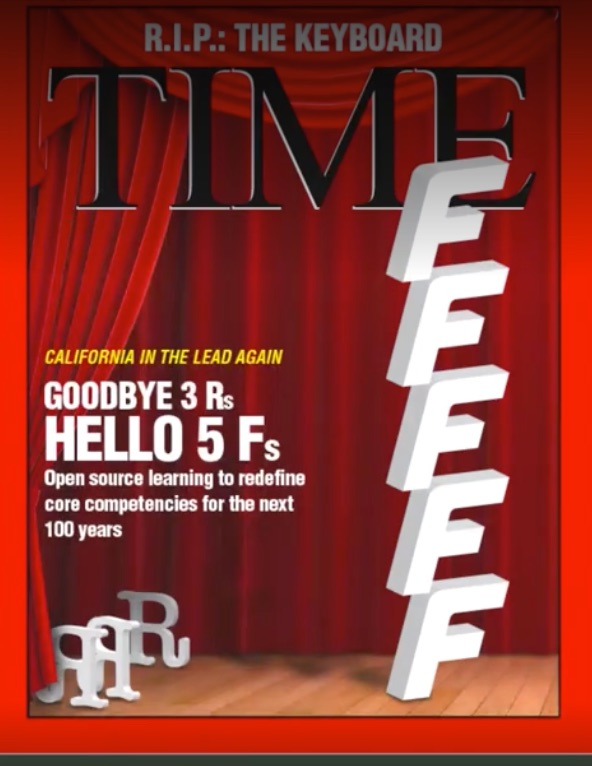
The Five Fitnesses of Open-Source Learning
Today’s post is a grateful response to those of you who have recently asked about the Five Fitnesses of Open-Source Learning. A couple years ago I recorded a brief explainer video – here it is! If you’d like more information please Contact Me.
-
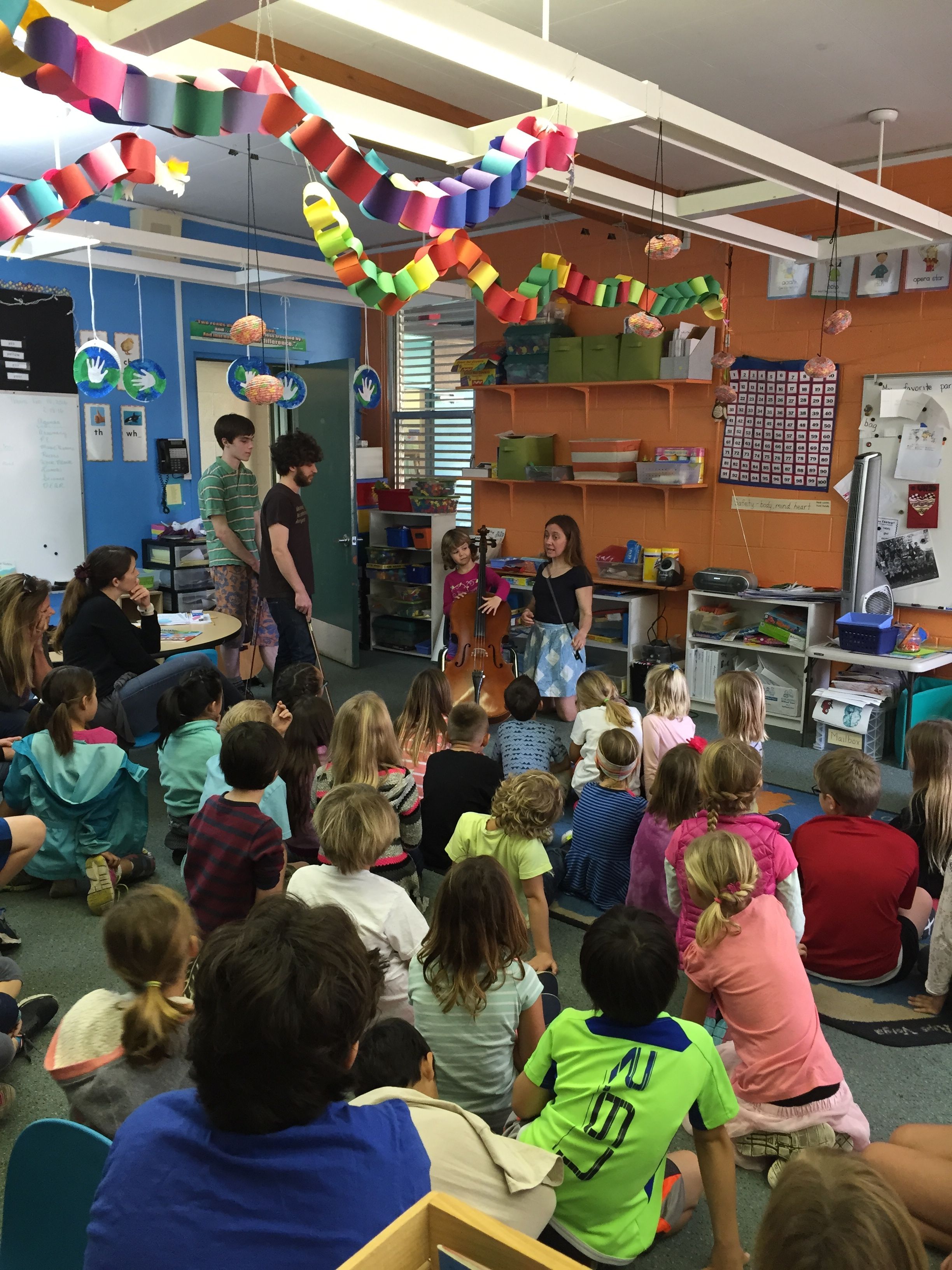
We are all born learners
You were born to do this. Our awareness of the world and our place in it is fueled by a natural sense of inquisitiveness and curiosity. When we encourage this motivation we discover that our capabilities extend far beyond the limits of school and work. School does many things well, but it wasn’t built for…
-
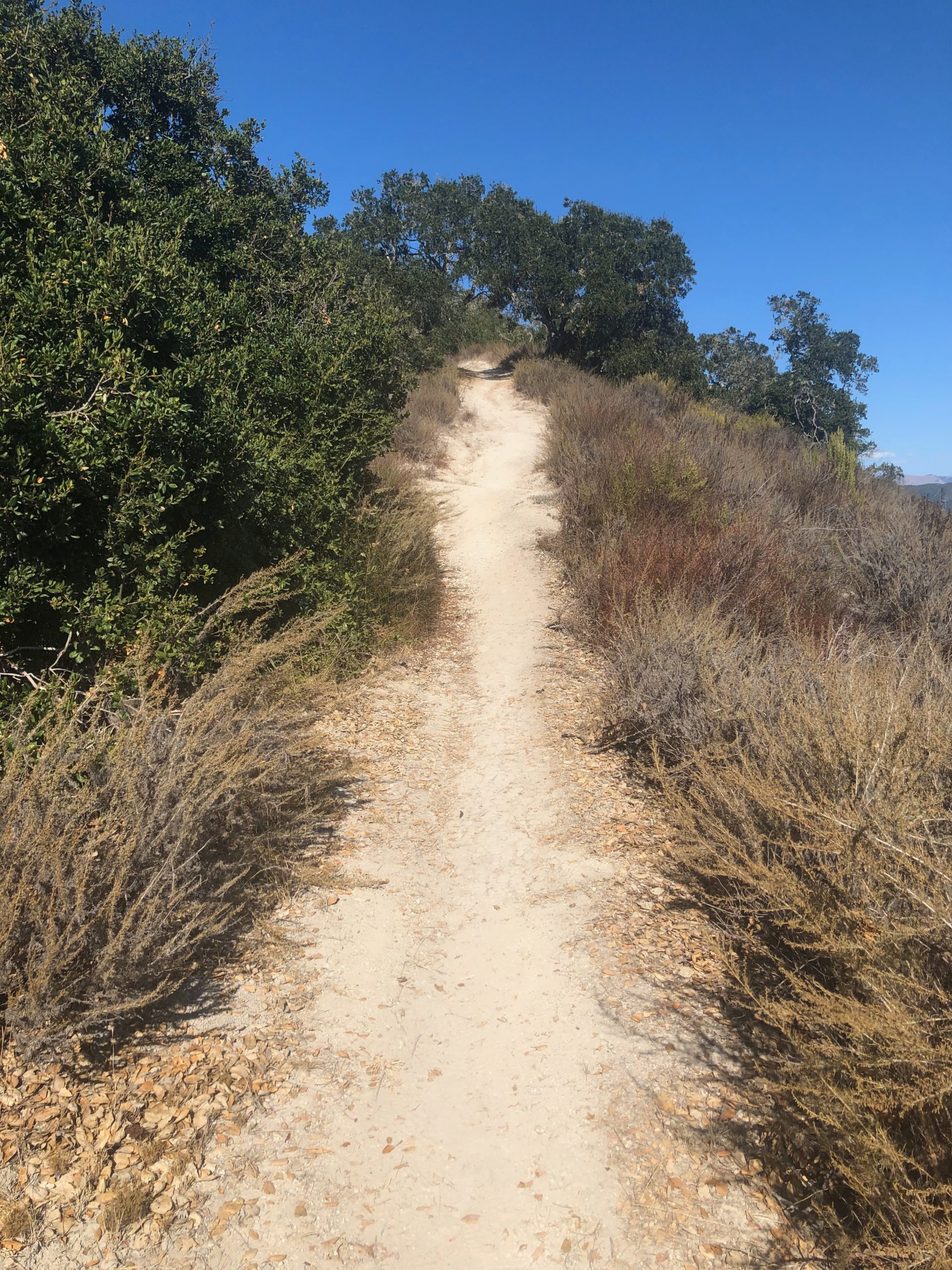
goals are for giving
It doesn’t matter whether you’re a fan of America, or soccer, or American soccer – this was a great goal, and the reaction is EPIC: It all makes no sense. Dudes: you just won. You’ve been running around all day. Isn’t this a good time to relax and kick back? Soccer players run more in…